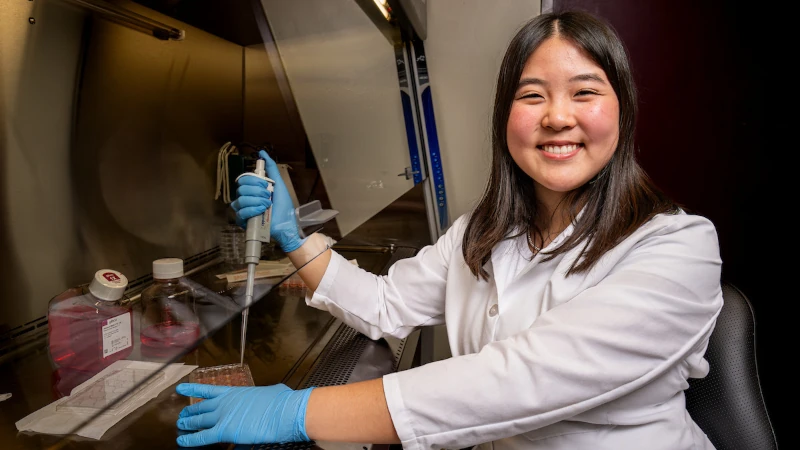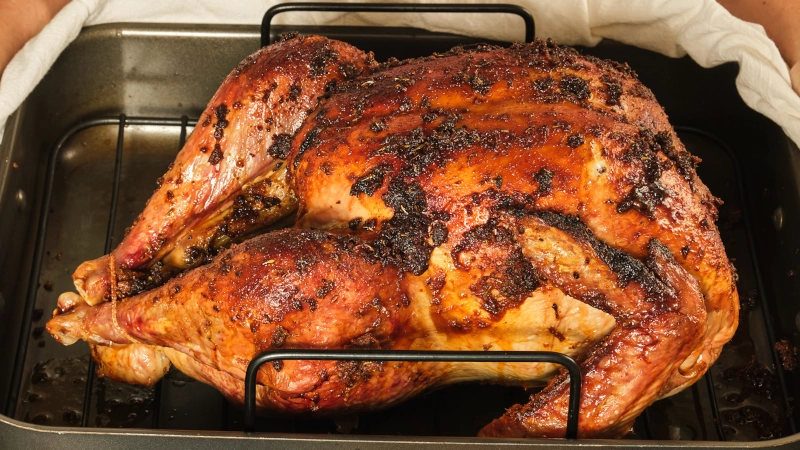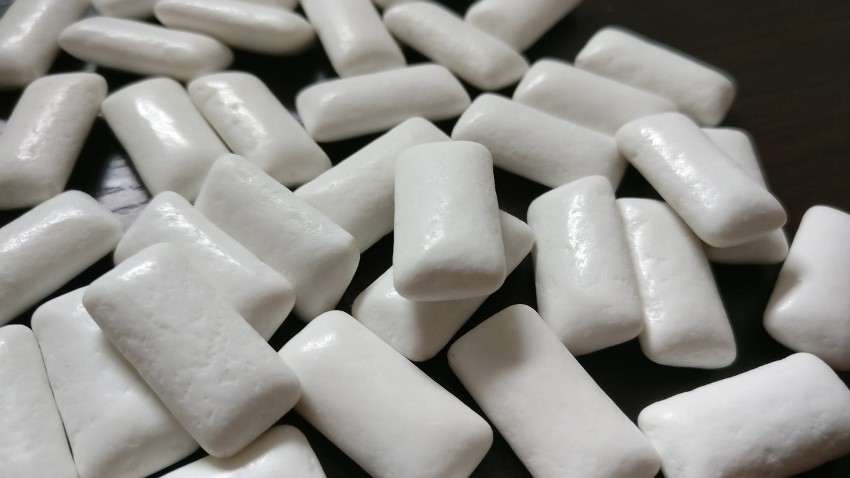How a Texas A&M Student’s Turkey Gut Model Could Change Thanksgiving
When blackhead disease hits a turkey flock, the damage is swift and devastating. Caused by a tiny parasite, called Histomonas meleagridis, the disease attacks a turkey’s gut and spreads quickly, resulting in mortality rates of up to 80%.
Barns can be emptied, and farms can lose hundreds of thousands of dollars in a matter of days. That ripple effect can reach the Thanksgiving table with higher prices and fewer birds to choose from at the store.
For decades, researchers hit the same roadblock trying to combat the disease: there was no reliable way to study it outside live birds. That changed when an undergraduate student in the Texas A&M College of Agriculture and Life Sciences helped build the first 3D turkey cecal organoids, a long-sought tool for understanding and fighting disease.
Leila Chang ’26 works in the lab of Yuhua Farnell, Ph.D., instructional associate professor in the Department of Poultry Science. Together, they successfully built organoids from turkey cecal crypts, which are small structures that contain stem cells responsible for generating new intestinal cells. These cells are essential for digestion and immune defense.
After creating them, Farnell and Chang found a way to preserve the organoids for long-term use. Because the organoids can be thawed and reused, Farnell’s lab, and others studying poultry disease, now have a sustainable, animal-free platform for experiments on turkey intestinal health.
This model allows researchers to study disease processes and test potential treatments without relying on live birds, helping advance scientific discovery while supporting animal welfare and reducing the need for traditional animal testing.
“It’s pretty incredible to be involved in this research, especially as an undergraduate student,” Chang said. “Knowing that what we are working on will impact this industry is very rewarding.”

Leila Chang ’26 helped create the first 3D turkey cecal organoids, which can be used to find remedies and preventions for countless turkey diseases. Credit: Hannah Harrison, Texas A&M AgriLife
Building the model while learning the science
Chang’s journey began in Farnell’s POSC-308 class, Avian Anatomy and Physiology, where hands-on lab work sparked her interest in undergraduate student research.
“Every week we got to do something different with laying hens and learn about their anatomy and physiology,” she said. “I just loved it. Nothing is better than doing hands-on research.”
Midway through the course, she asked if there was more she could do and joined the lab that summer.
She first learned how to make organoids. The team started with cecal crypt isolation from embryonic day-22 turkeys and embedded the cells in a Matrigel that mimics tissue structure, giving cells the structure and nutrients they need to form 3D shapes. Lastly, they fed them with a nutrient rich liquid that delivers sugars, proteins, vitamins and growth signals the cells need to form organoids. The team tracked their development under a microscope and cryopreserved the culture for future use.
Because the organoids can be thawed and re-passaged, Farnell’s lab and others studying poultry disease now have a sustainable platform for experiments on turkey intestinal health.
Why this breakthrough changes turkey research
The cecum, a pouch in the lower intestine that helps break down food and supports immune defense, is the primary site of infection in turkeys, which is why an effective cecum model matters. Live bird studies are costly and slow. The organoids bridge that gap by recreating key features of turkey gut tissue, allowing researchers to target blackhead disease.
For producers, the implications are practical. A lab model lets scientists test possible solutions in the dish first. They can try candidate drugs, vaccines, probiotics, feed additives and management steps to see what helps before the disease ever reaches a barn. The model can show how the parasite harms tissue, how biosecurity measures hold up, and which ideas deserve field trials.
For Chang and Farnell, it also showed how discovery grows when a lab builds a shared tool.
“This is just one step forward that can help disease management for the industry as a whole,” Chang said.
The project also reshaped how Chang thinks about the science behind the food people see in grocery stores or on their plates.
“Science has given me a new perspective on the turkey we eat at Thanksgiving,” she said. “I feel like I have a better understanding of the industry and the people behind it. I can’t thank Dr. Farnell enough for leading this research and giving me this experience.”

Thanks to the mentorship of Yuhua Farnell, Ph.D., Chang has found her passion for research in the poultry science industry. Credit: Hannah Harrison, Texas A&M AgriLife
What’s next for Chang and turkey health
Blackhead disease is the first target of this new research breakthrough, but the value of turkey organoids goes beyond that. The same platform can support research on other intestinal pathogens, nutrition, the microbiome and management practices that affect poultry gut health. Faster results and clearer readouts can reduce dependence on live birds and speed progress toward better flock health.
As a senior, Chang sees more science in her future. She wants to be a professor and build tools that help producers protect flocks and keep food systems resilient.
“I love research,” she said. “There are long days, but it is worth knowing that findings like these will make a huge impact on the turkey industry.”
The post How a Texas A&M student’s turkey gut model could change Thanksgiving, written by Mamie Hertel, originally appeared in Texas A&M AgriLife Today.




